Description
P-Xylene: A Cornerstone of Polymers and a Building Block of Modern Life
P-xylene, also known as para-xylene, is an aromatic hydrocarbon with the chemical formula C8H10. While it might sound technical, this colorless liquid plays a crucial role in the production of many everyday items, making it a significant component of the petrochemical industry and a building block of modern life.
What is P-Xylene?
P-xylene is an isomer of xylene, meaning it shares the same chemical formula as other xylenes (ortho-xylene and meta-xylene) but differs in the arrangement of its substituent groups. In the case of p-xylene, two methyl groups are attached to the benzene ring in a para (1,4) position. This specific configuration gives it unique properties that are essential for its primary application.
The Key Application: Polyester Production
The vast majority of p-xylene produced globally – upwards of 98% – is used as a feedstock in the production of terephthalic acid (TPA) and dimethyl terephthalate (DMT). These two compounds are the vital building blocks for polyethylene terephthalate (PET), a ubiquitous polymer.
Think about it: PET touches our lives constantly. It’s the material in:
- Plastic bottles and containers: From water bottles to food packaging, PET’s clarity, strength, and recyclability make it ideal.
- Synthetic fibers (polyester): Clothing, bedding, and upholstery often rely on polyester fibers for their durability, wrinkle resistance, and ease of care.
- Films and sheets: Used in packaging and industrial applications.
Without p-xylene, the widespread availability of PET and, consequently, many of the products we rely on would be drastically different.
Production and Sourcing
P-xylene is primarily derived from petroleum through processes like catalytic reforming and pyrolysis gasoline processing. These processes yield a mixture of xylenes, including p-xylene, o-xylene, and m-xylene, along with ethylbenzene. Separating p-xylene from this mixture is a complex and energy-intensive process, typically involving crystallization or adsorption techniques.
The global demand for p-xylene is closely linked to the demand for PET, making its production and consumption a key indicator of economic activity in the petrochemical sector. Major producing regions include Asia, North America, and Europe.
Environmental Considerations
While essential for the production of many valuable materials, the production and use of p-xylene are not without environmental considerations.
- Volatile Organic Compound (VOC): P-xylene is a volatile organic compound, meaning it can evaporate into the atmosphere and contribute to the formation of ground-level ozone, a key component of smog.
- Petroleum Dependence: The reliance on petroleum as a feedstock raises concerns about the sustainability of p-xylene production in the long term.
- Recycling and Waste Management: While PET is theoretically recyclable, the actual rates of recycling vary significantly depending on infrastructure and consumer behavior. Improper disposal of PET can contribute to plastic pollution.
Future Trends and Sustainability
Looking ahead, the industry is actively pursuing more sustainable approaches to both p-xylene production and PET management. These include:
- Bio-based feedstocks: Research is ongoing to develop methods for producing p-xylene from renewable sources, such as biomass.
- Improved recycling technologies: Innovations in PET recycling aim to increase recycling rates and improve the quality of recycled PET, reducing the reliance on virgin p-xylene.
- Chemical recycling: Chemical recycling processes can break down PET into its constituent monomers, including terephthalic acid, which can then be used to produce new PET.
Conclusion: An Indispensable Compound
P-xylene is a vital raw material that underpins the production of PET, a polymer that has revolutionized packaging, textiles, and countless other applications. While challenges related to environmental impact and sustainability remain, ongoing research and innovation are striving to make the production and use of p-xylene and its derivative products more environmentally responsible. This makes p-xylene not just a chemical compound, but a crucial element in the complex web of modern manufacturing and a driving force in the pursuit of more sustainable materials for the future.

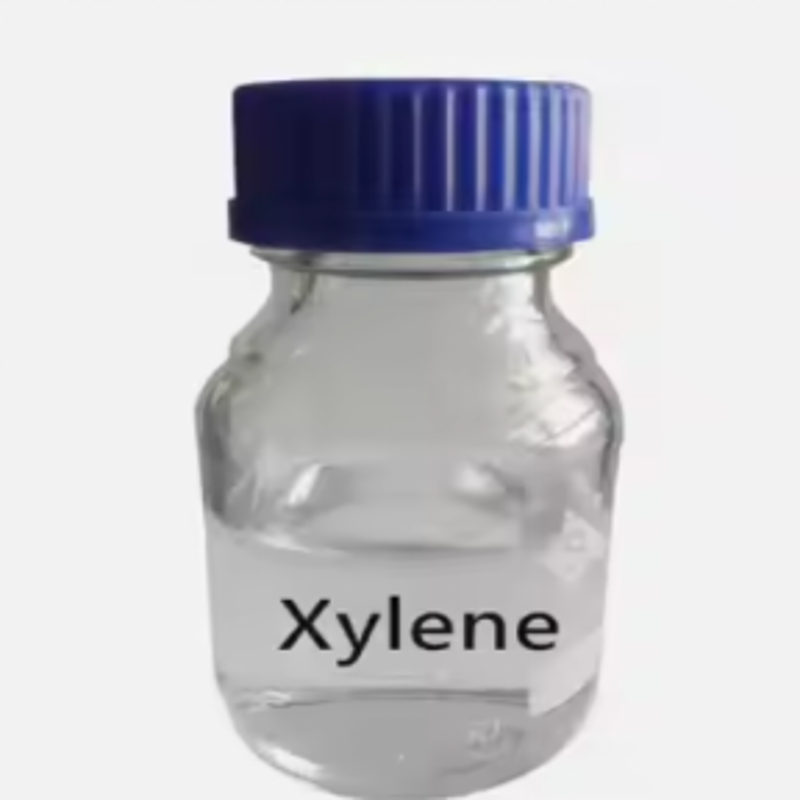
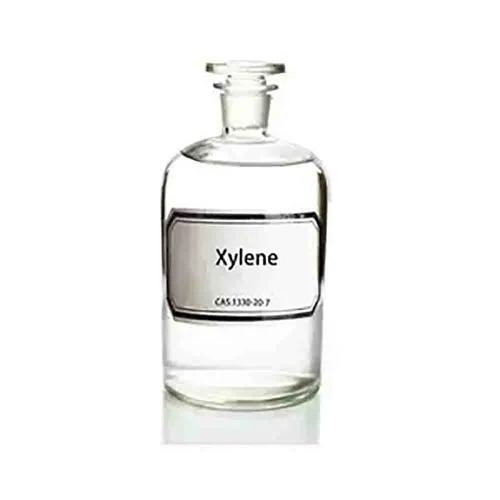
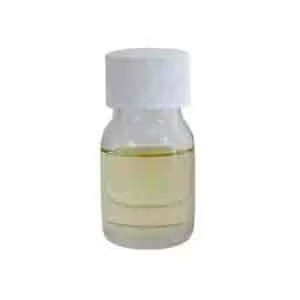
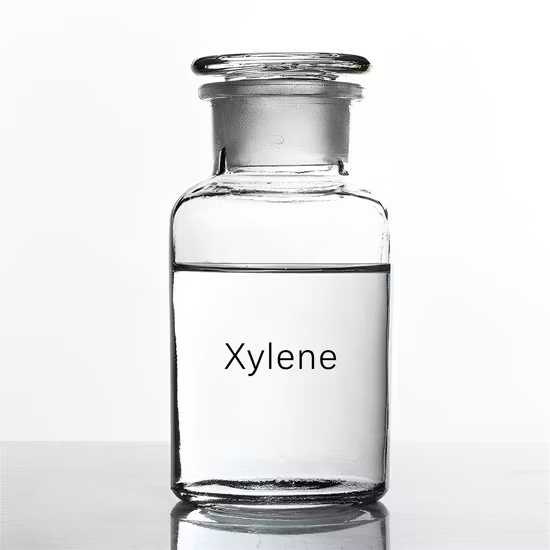
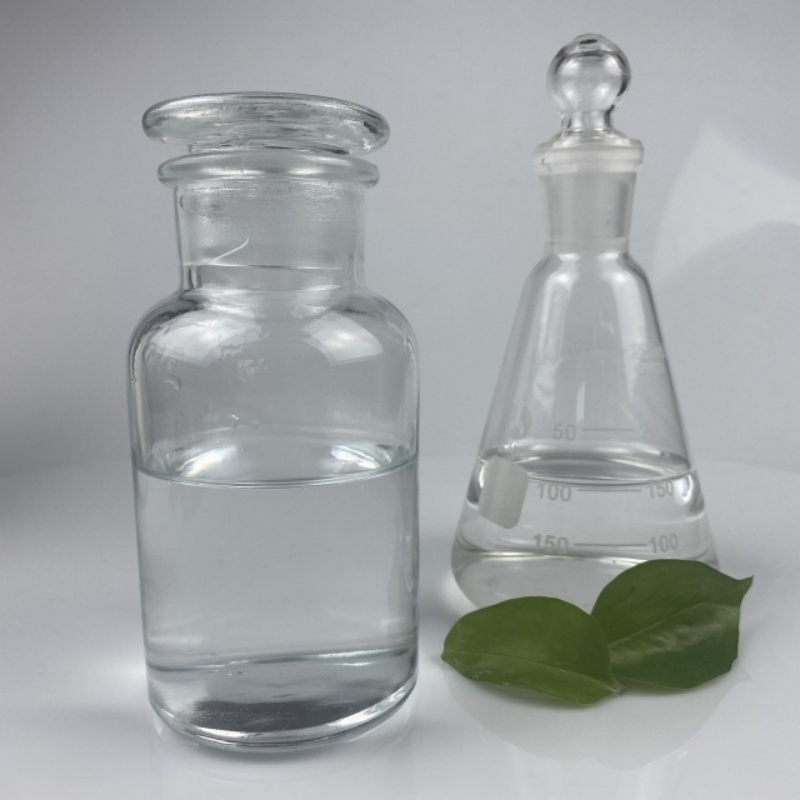
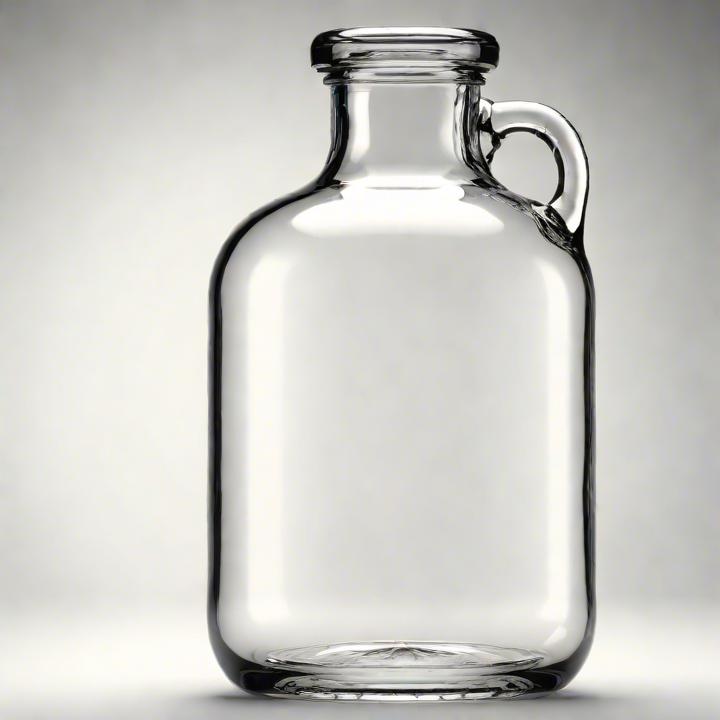
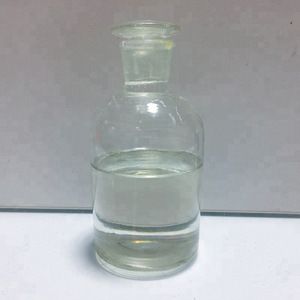
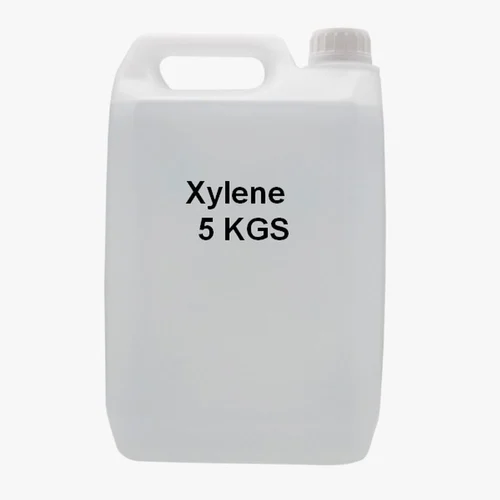

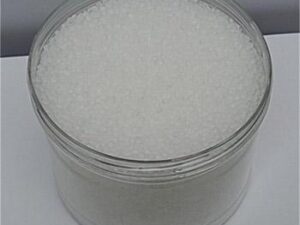
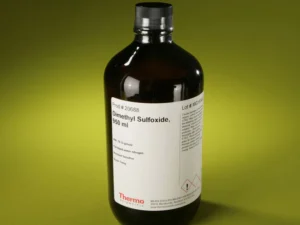

Reviews
There are no reviews yet.